Home>Garden Essentials>How Is The Malt Tricked Into Drying To Germinate
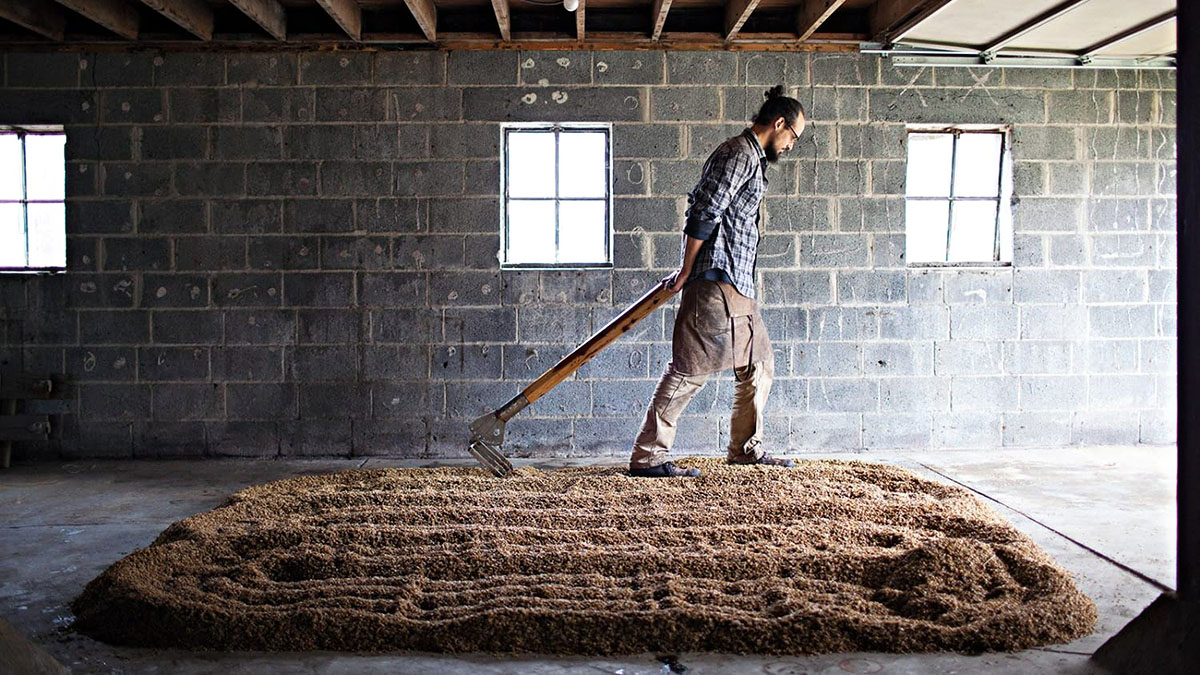

Garden Essentials
How Is The Malt Tricked Into Drying To Germinate
Modified: March 16, 2024
Discover the secret to drying malt for germination in your garden and unlock the potential for bountiful growth with our expert tips and tricks.
(Many of the links in this article redirect to a specific reviewed product. Your purchase of these products through affiliate links helps to generate commission for Storables.com, at no extra cost. Learn more)
Introduction
Welcome to the fascinating world of gardening! Whether you’re a seasoned horticulturist or just starting to explore the wonders of nature, the garden offers endless possibilities for creativity and relaxation. One important aspect of gardening is understanding the different elements that contribute to a thriving garden, including soil, plants, sunlight, and water. But have you ever considered the role of malt in gardening?
Malt is not commonly associated with gardening, but it actually plays a crucial role in certain aspects of plant cultivation. The process of malting involves the germination and drying of cereal grains, such as barley, to create malt. This unique ingredient finds its primary use in the brewing industry, where it provides flavor, color, and fermentable sugars to create the beloved beverage known as beer. However, malt can also be used in gardening to enhance plant growth and soil fertility.
In this article, we will delve into the world of malt and explore its relevance to gardening. We will discuss the malting process, the science behind malt germination, and the various methods used to trick the malt into drying to germinate. By the end, you’ll have a deeper understanding of how malt can be used to improve your garden’s health and productivity.
So, grab your gardening gloves and let’s embark on this malt-filled journey together!
Key Takeaways:
- Malt, crucial for beer, also enhances gardening by improving soil fertility and promoting plant growth. Its germination process involves careful temperature, moisture, and airflow control.
- Maltsters use clever tricks to fool malt into drying to germinate, ensuring optimal enzymatic activity and sugar composition. Factors like temperature, moisture, and grain quality influence successful germination.
Read more: How To Germinate Dried Lentils
Understanding Malt and Its Role in Brewing
When you think of malt, your mind might automatically jump to beer. And you wouldn’t be wrong – malt is indeed a key ingredient in the brewing process. But what exactly is malt, and what role does it play in the creation of beer?
Malt is a product made from cereal grains, most commonly barley, that have undergone a specific process known as malting. Malting involves the germination and subsequent drying of the grains to achieve desired characteristics. During the germination phase, enzymes are activated in the grains, which then convert starches into more accessible sugars. The drying process halts germination and preserves the enzymes and sugars within the malt.
So, how does this relate to brewing? Well, malt serves several important functions in the brewing process. Firstly, it provides fermentable sugars that yeast can convert into alcohol and carbon dioxide through the process of fermentation. This gives beer its characteristic alcohol content and fizziness. Secondly, malt adds flavor to the beer. Different malts can impart a range of flavors, from sweet and caramel-like to rich and roasted. These flavors contribute to the overall profile and complexity of the beer.
Malt also plays a crucial role in determining the color of the beer. The roasting and kilning processes used during malting can produce a wide spectrum of colors, from pale straw to deep amber or even dark black. This allows brewers to create different beer styles with distinct visual appeal.
Furthermore, the proteins present in malt help with the formation of foam, known as the beer’s head. This foam not only enhances the sensory experience of drinking beer but also plays a role in mouthfeel and aroma release.
While malt is primarily used in brewing, its benefits extend beyond the world of beer. Malt can also be utilized in gardening to improve soil fertility and plant nutrition. The enzymes present in malt can break down organic matter, releasing essential nutrients for plants. Additionally, malt can aid in water retention, promote microbial activity in the soil, and enhance overall soil structure.
By understanding the role of malt in brewing, we can begin to appreciate its potential applications in gardening. So, the next time you enjoy a pint of beer, raise a glass to the humble malt that made it possible!
The Malting Process: A Brief Overview
The malting process is a meticulously controlled and elaborate journey that turns raw cereal grains into the star ingredient of brewing and gardening – malt. This process involves several steps, each with its own unique purpose and impact on the quality of the final product.
Let’s take a closer look at the malting process:
- Steeping: The process begins by soaking the grains, typically barley, in water. This hydration triggers the natural process of germination. The grains absorb water, increasing in size and activating enzymes responsible for breaking down complex carbohydrates into simpler sugars.
- Germination: The soaked grains are transferred to a germination vessel where they are spread out in a thin layer. This allows air to circulate and provides an optimal environment for germination to occur. The germination phase lasts for around 3-5 days, during which the enzymes convert starches into sugars, proteins break down into more digestible forms, and the rootlets start to grow.
- Kilning: Before the germination process reaches its full potential, the grains are transferred to a kiln to halt the germination. The goal of kilning is to dry the grains while preserving the enzymes and converting the starches into fermentable sugars. The duration and temperature of kilning vary depending on the desired characteristics of the malt – lighter malts are dried at lower temperatures, while darker malts undergo a longer and more intense kilning process.
- Milling: Once dried, the malted grains are passed through a mill, which cracks the husks and breaks the kernels into smaller pieces. This allows for easier extraction of sugars during the mashing process in brewing or better integration into the soil in gardening.
Throughout the malting process, maltsters carefully monitor and adjust factors such as temperature, moisture levels, and air circulation to create malt with the desired qualities. These qualities might include enzyme activity for optimal sugar conversion, flavor profiles, color, and aroma.
The malting process is a delicate balance between science and craftsmanship. The skillful handling of each step ensures the production of high-quality malt that can enhance the brewing process or provide valuable nutrients and organic matter to the soil in gardening.
Now that we have a basic understanding of the malting process, let’s dive deeper into the science behind malt germination and discover how malt is tricked into drying to germinate.
The Science Behind Malt Germination
Germination is the magical transformation that occurs during the malting process, where dry cereal grains are transformed into malt with enhanced enzymatic activity and sugar content. This process is governed by fascinating biochemical reactions and carefully controlled environmental conditions.
When the grains are steeped in water during the malting process, they absorb moisture and begin germination. This triggers the activation of enzymes within the grains, which play a crucial role in breaking down complex carbohydrates, proteins, and fats into more accessible forms.
The primary enzyme responsible for this enzymatic activity is called amylase. There are two main types of amylase found in malt—alpha-amylase and beta-amylase.
Alpha-amylase is an enzyme that breaks down starch molecules into shorter chains of sugars, called dextrins. These dextrins are later converted into fermentable sugars during the brewing process. The activity of alpha-amylase is influenced by temperature, with higher temperatures promoting its activity.
Beta-amylase, on the other hand, is an enzyme that primarily breaks down the starch chains into maltose, a fermentable sugar. This enzyme is more active at lower temperatures, typically around 60-65 degrees Celsius. The balance between alpha-amylase and beta-amylase activity is crucial for achieving the desired sugar composition in malt.
During germination, the activated enzymes work in harmony to hydrolyze starches into sugars. As the enzymes break down the starches, the embryo within the grain grows and develops, forming rootlets. These rootlets eventually become the shoot system of the plant when it germinates in a natural environment.
To ensure the proper development of the malt, maltsters carefully control the temperature and moisture levels during the germination process. They maintain specific temperature ranges to promote enzyme activity while preventing excessive growth of the rootlets. The germination vessels are also aerated to provide oxygen to the developing malt, allowing it to respire and carry out metabolic processes.
Once the germination process has reached the desired stage, maltsters interrupt it by transferring the grains to a kiln. The drying process halts germination and preserves the enzymes and sugars present in the malt.
The science behind malt germination is a testament to the intricate balance of biochemical reactions and environmental factors. By understanding these processes and manipulating them, maltsters can produce malt with specific enzymatic activity, sugar composition, and flavor characteristics, making it a valuable ingredient in brewing and gardening alike.
Now that we have delved into the science behind malt germination, let’s explore the clever tricks employed in the malting process to fool the malt into drying to germinate.
To trick malt into drying to germinate, control the temperature and humidity in the germination process. This can be done by using a malting floor or a germination box to create the ideal conditions for malt to germinate.
Trickery in the Malting Process: Fooling the Malt into Drying to Germinate
The malting process is a carefully orchestrated dance of nature and human intervention. One of the key aspects of malting is the art of tricking the malt into drying to germinate, a process that requires a delicate balance of temperature, moisture, and air circulation.
During the germination phase, the grains need to be exposed to air to promote respiration and prevent the buildup of harmful gases. However, excessive airflow can lead to rapid drying, disrupting the germination process. Maltsters have devised numerous methods to create the ideal conditions for germination while preventing premature drying.
The first tactic involves using germination vessels that allow for proper airflow and heat distribution. Vessels such as germination boxes or drums are often equipped with perforated floors or rotating mechanisms that ensure air circulates evenly through the malt bed. This prevents the growth of mold and provides the malt with the necessary oxygen for respiration.
Another trick employed in the malting process is the introduction of moisture through intermittent watering. Maltsters carefully monitor the moisture content of the grains and sprinkle water periodically to maintain an optimal level. This not only prevents the grains from drying out too quickly but also encourages the production of enzymes necessary for the breakdown of starches into sugars.
Temperature control is also crucial in fooling the malt into drying to germinate. Higher temperatures can speed up the germination process but also accelerate drying. Conversely, lower temperatures can slow down germination but help maintain moisture levels. Maltsters carefully regulate the temperature of the germination environment to achieve the desired balance between germination progress and moisture retention.
Additionally, maltsters might employ the use of germination floors, which are large, shallow containers that allow for a thicker malt bed. These floors offer more insulation, helping to retain moisture and prevent rapid drying. By using such floors, maltsters can control the airflow and temperature more effectively, creating a favorable environment for germination.
To further ensure proper germination and prevent damage, maltsters perform regular turning of the malt bed. This involves gently raking and flipping the grains, which promotes even growth and prevents the development of tangled rootlets. Turning also helps to break up clumps and improve air circulation, resulting in a more uniform germination process.
By employing these clever tricks and techniques, maltsters can effectively fool the malt into drying to germinate without causing premature drying or compromising the quality of the malt. The careful balance of airflow, moisture, and temperature ensures a successful germination process, leading to malt with the desired enzymatic activity, sugar content, and flavor profiles.
Now that we’ve explored the trickery involved in the malting process, let’s delve into some of the common methods used to achieve successful malt germination.
Read more: How To Store Diastatic Malt Powder
Common Methods of Tricking the Malt
In the world of malting, maltsters have developed various methods to trick the malt into drying to germinate. These techniques play a crucial role in creating malt with the desired characteristics for brewing and gardening purposes. Let’s explore some of the common methods used:
- Germination Vessels: Different types of germination vessels are employed to create an optimal environment for germination. Germination boxes, drums, or floors with perforated surfaces allow for proper airflow, promoting respiration and preventing the buildup of harmful gases. These vessels ensure that the malt bed receives adequate oxygen while minimizing the risk of drying.
- Intermittent Watering: Maltsters carefully control the moisture content of the grains by sprinkling water at specific intervals. This ensures that the grains remain hydrated and prevents them from drying out too quickly. Intermittent watering also stimulates enzyme production and encourages the breakdown of complex carbohydrates into more accessible sugars.
- Temperature Regulation: Temperature plays a crucial role in the germination process. By manipulating the temperature, maltsters can control the speed of germination and drying. Higher temperatures accelerate germination but also increase the risk of drying. Lower temperatures slow down germination but help maintain moisture levels. Maltsters carefully monitor and regulate the temperature to achieve the desired balance for optimal germination.
- Germination Floors: Germination floors are large, shallow containers that can accommodate a thicker layer of malt. These floors provide better insulation and moisture retention, allowing for a more controlled germination process. By using germination floors, maltsters can create a favorable environment for germination, ensuring even growth and preventing rapid drying.
- Turning: Regularly turning the malt bed is essential for an even and successful germination process. Maltsters gently rake and flip the grains to promote even growth, prevent the development of tangled rootlets, and ensure proper air circulation. Turning also helps break up clumps and mix the grains, resulting in a more uniform germination process.
These methods of tricking the malt into drying to germinate require precision, experience, and careful monitoring. Maltsters must constantly assess and adjust conditions to create the ideal environment for germination while avoiding premature drying or excessive moisture.
By employing these common techniques, maltsters can successfully guide the malt through the germination process, ensuring the production of high-quality malt with the desired enzymatic activity, sugar composition, and flavor profiles.
Now that we’ve explored the common methods of tricking the malt, let’s move on to discuss the factors that influence successful germination.
Factors Influencing Successful Germination
Successful germination is the key to producing high-quality malt with desirable characteristics. Several factors come into play during the germination process, and understanding and managing these factors are crucial for achieving optimal results. Let’s explore some of the key factors that influence successful germination:
- Temperature: Temperature plays a significant role in the germination process. Different temperatures can affect enzyme activity, moisture retention, and the overall rate of germination. Each type of grain has an optimal range of temperatures for germination, and maltsters carefully monitor and adjust the temperature to ensure the grains are within this range.
- Moisture Content: Adequate moisture is essential for germination. The grains need to be hydrated to initiate and sustain the germination process. Maltsters control the moisture content by employing intermittent watering and moisture measurement techniques. Maintaining the right moisture level is crucial for activating enzymes and facilitating the breakdown of complex carbohydrates into fermentable sugars.
- Airflow: Proper airflow is necessary to supply oxygen and remove carbon dioxide produced during respiration. Insufficient airflow can lead to the buildup of harmful gases and reduce the quality of germination. Germination vessels with perforations, germination floors, and turning the malt bed all contribute to maintaining optimal airflow, promoting healthy and uniform germination.
- Grain Quality: The quality of the grains used for malting greatly influences the germination process. Grains that are old, damaged, or have poor viability may have lower germination rates or produce malt with suboptimal characteristics. Maltsters carefully select high-quality grains to ensure successful germination and the production of premium malt.
- Germination Time: The duration of the germination process is critical for achieving the desired characteristics in malt. Each type of malt requires a specific germination time to develop the desired enzyme activity, sugar composition, and flavors. Maltsters carefully monitor the progress of germination and adjust the timing to achieve the desired outcomes.
- Maltster’s Skill and Experience: The expertise of the maltster is an invaluable factor in the germination process. Maltsters rely on their knowledge, experience, and keen observation skills to make precise adjustments to temperature, moisture, airflow, and other variables. Their expertise guides the malt through the germination process, ensuring successful outcomes.
These factors, working in harmony, determine the success of the germination process. Maltsters carefully manage and control these variables to create malt with the desired enzymatic activity, sugar content, color, and flavor profiles. By understanding and optimizing these factors, maltsters can consistently produce high-quality malt for brewing and other applications.
Now that we have explored the factors influencing successful germination, let’s conclude our journey through the malting process and its importance in brewing and gardening.
Conclusion
The malting process is a fascinating journey that transforms raw cereal grains into an essential ingredient for both brewing and gardening purposes. Malt, created through meticulous germination and drying, provides the foundation for flavor, color, and fermentable sugars in beer production. However, its uses extend beyond brewing, as malt can also enhance soil fertility and plant nutrition in gardening.
Through an understanding of malt and its role in brewing, we have uncovered the science behind malt germination and the art of tricking the malt into drying to germinate. Maltsters employ various methods, such as controlling temperature, moisture, and airflow, to create optimal conditions for germination. By carefully managing these factors, maltsters ensure the production of high-quality malt with desirable enzymatic activity and sugar composition.
Factors such as temperature, moisture content, airflow, and grain quality all play a crucial role in determining the success of germination. Maltsters leverage their expertise and experience to navigate through these factors, producing malt that meets specific brewing and gardening requirements.
Whether it’s brewing a delicious beer or improving soil fertility, malt holds immense significance. Its ability to enhance flavor, color, and fermentability in beer production contributes to the diversity and quality of the brewing industry. In gardening, malt provides valuable nutrients, promotes microbial activity, and improves soil structure, leading to healthier plants and bountiful harvests.
As we conclude our exploration of the malting process, it’s clear that malt is not just a simple ingredient but a vital component that enriches both the brewing and gardening worlds. So, whether you’re enjoying a pint of beer or tending to your garden, take a moment to appreciate the complexity and versatility of malt.
Remember, the next time you admire the beauty of your garden or savor the flavors of a well-crafted brew, you can thank the malt for its remarkable contribution.
Frequently Asked Questions about How Is The Malt Tricked Into Drying To Germinate
Was this page helpful?
At Storables.com, we guarantee accurate and reliable information. Our content, validated by Expert Board Contributors, is crafted following stringent Editorial Policies. We're committed to providing you with well-researched, expert-backed insights for all your informational needs.



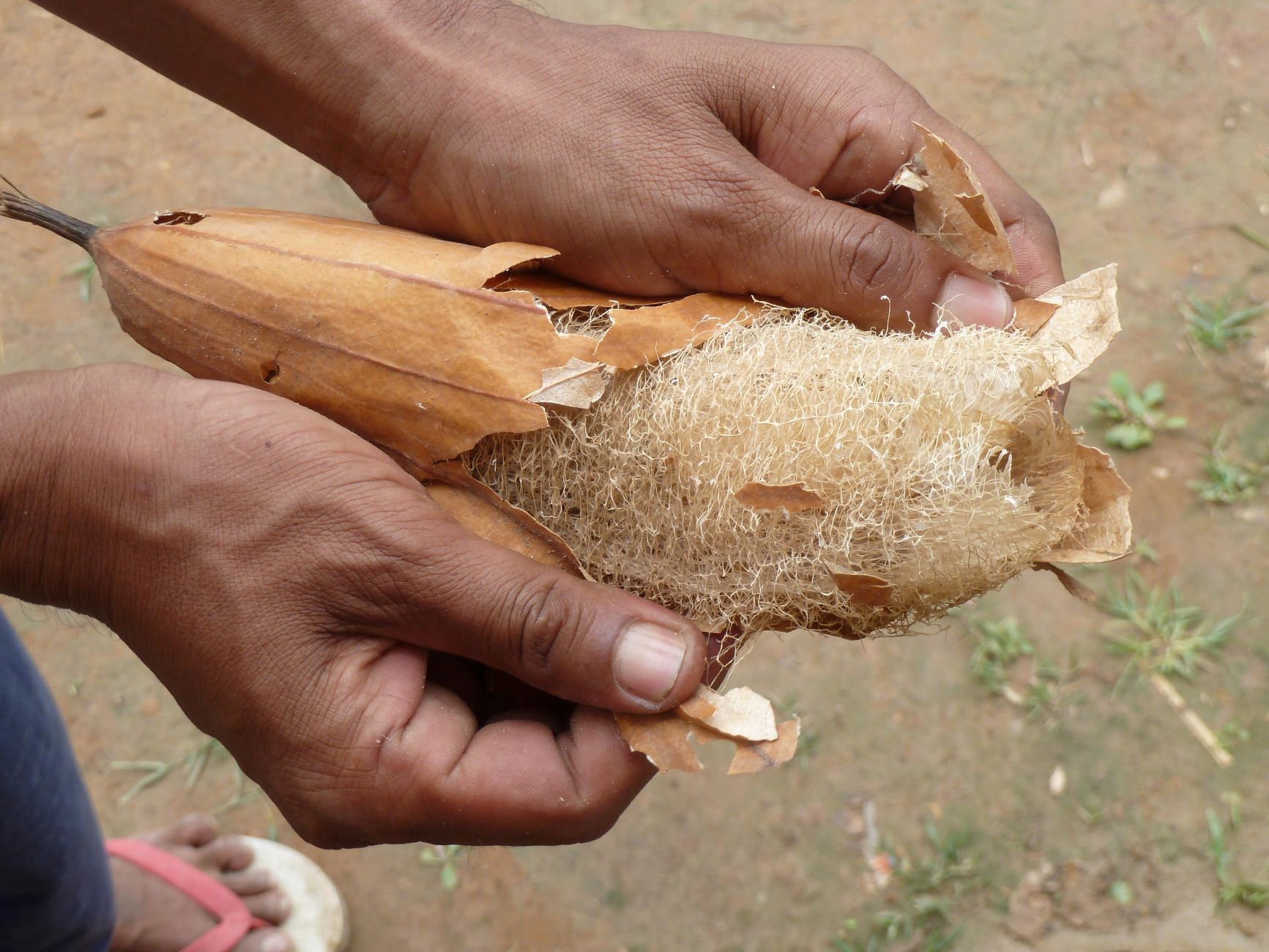


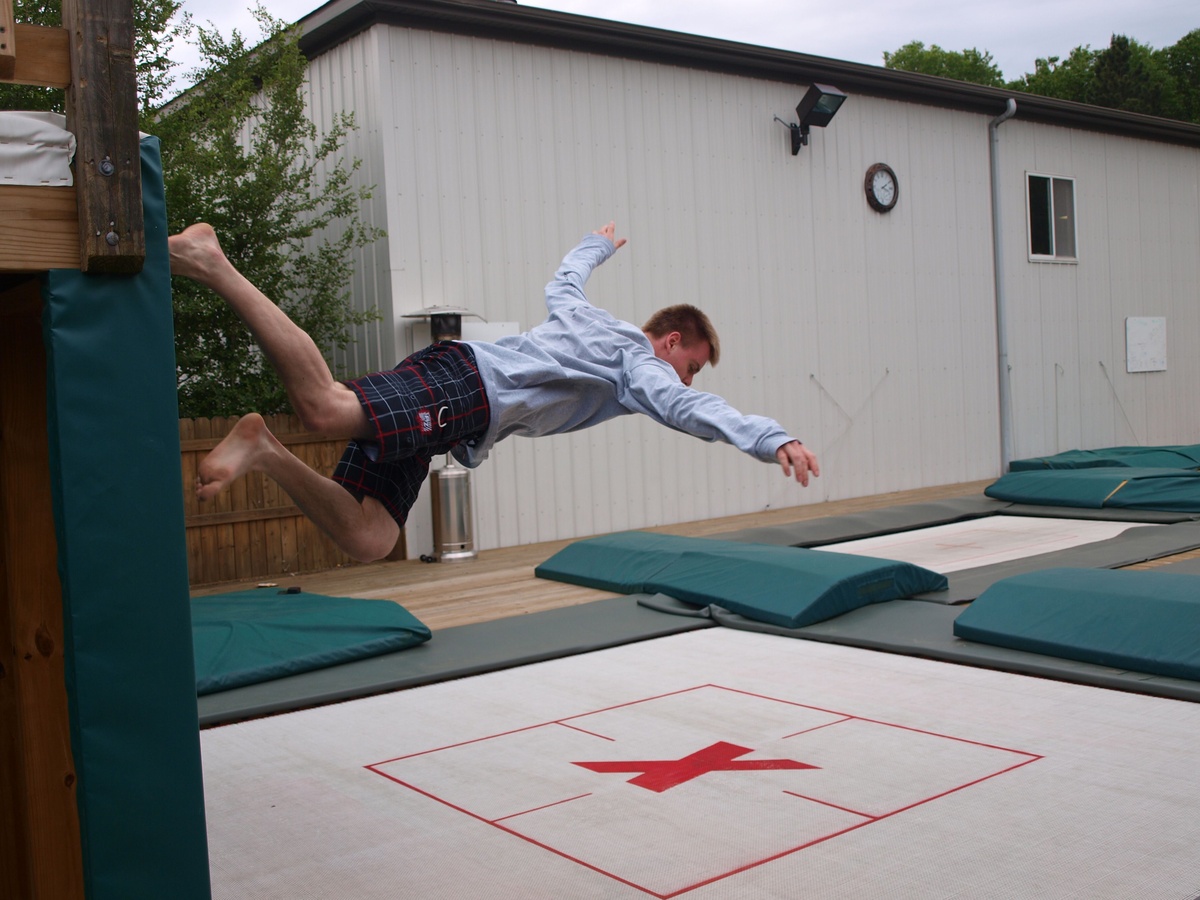
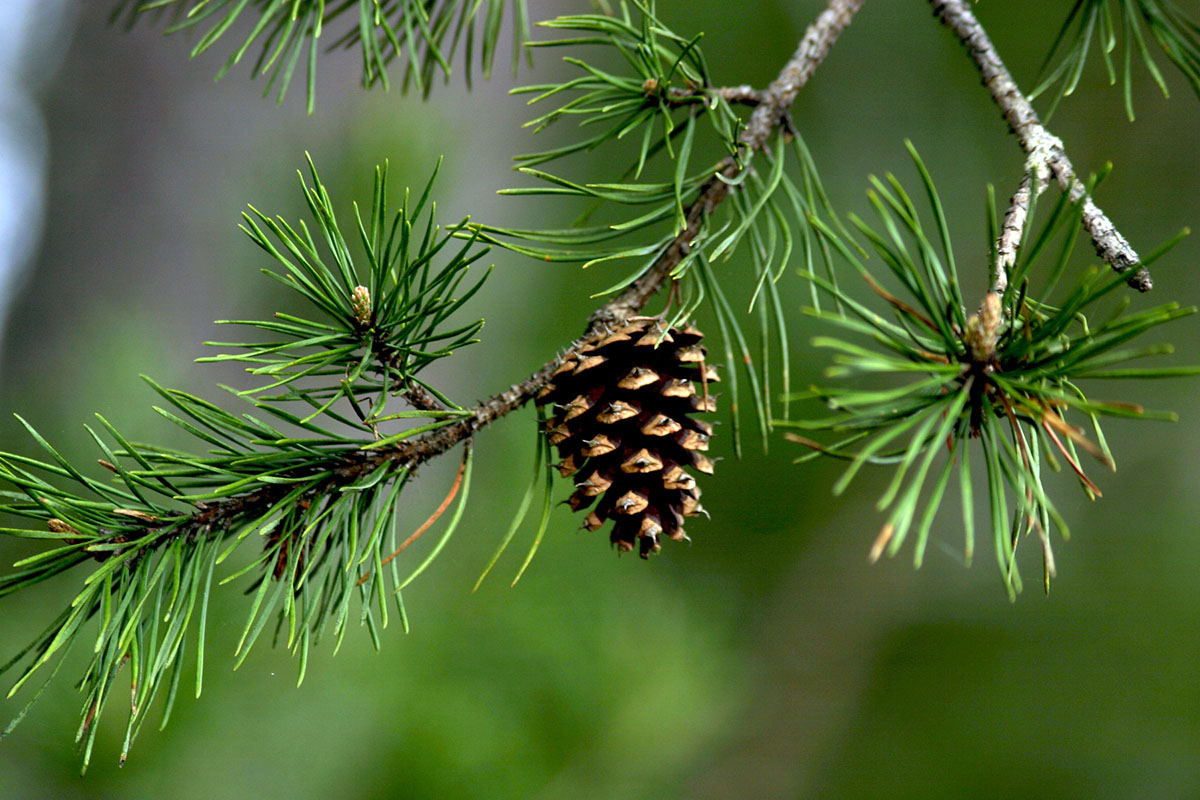
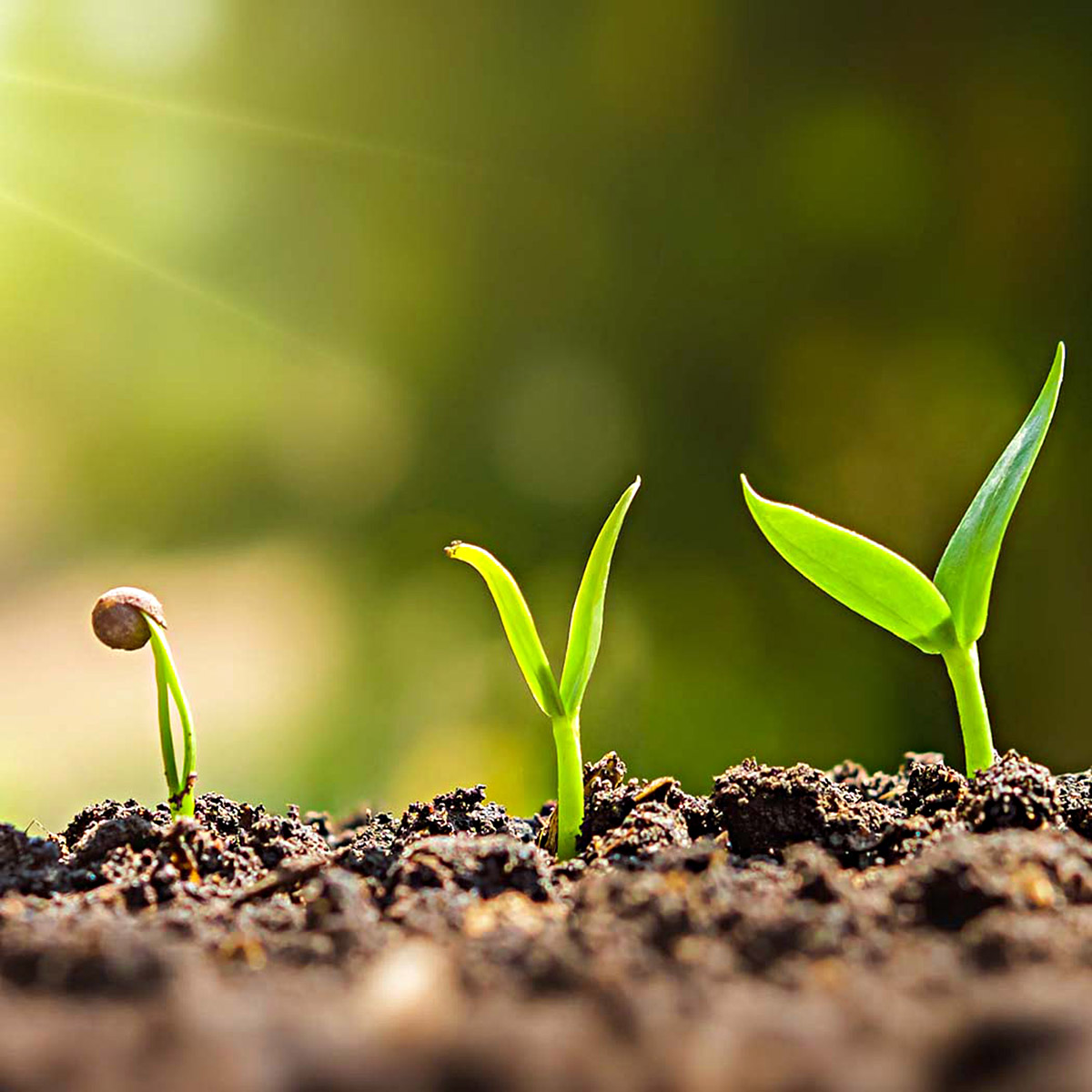
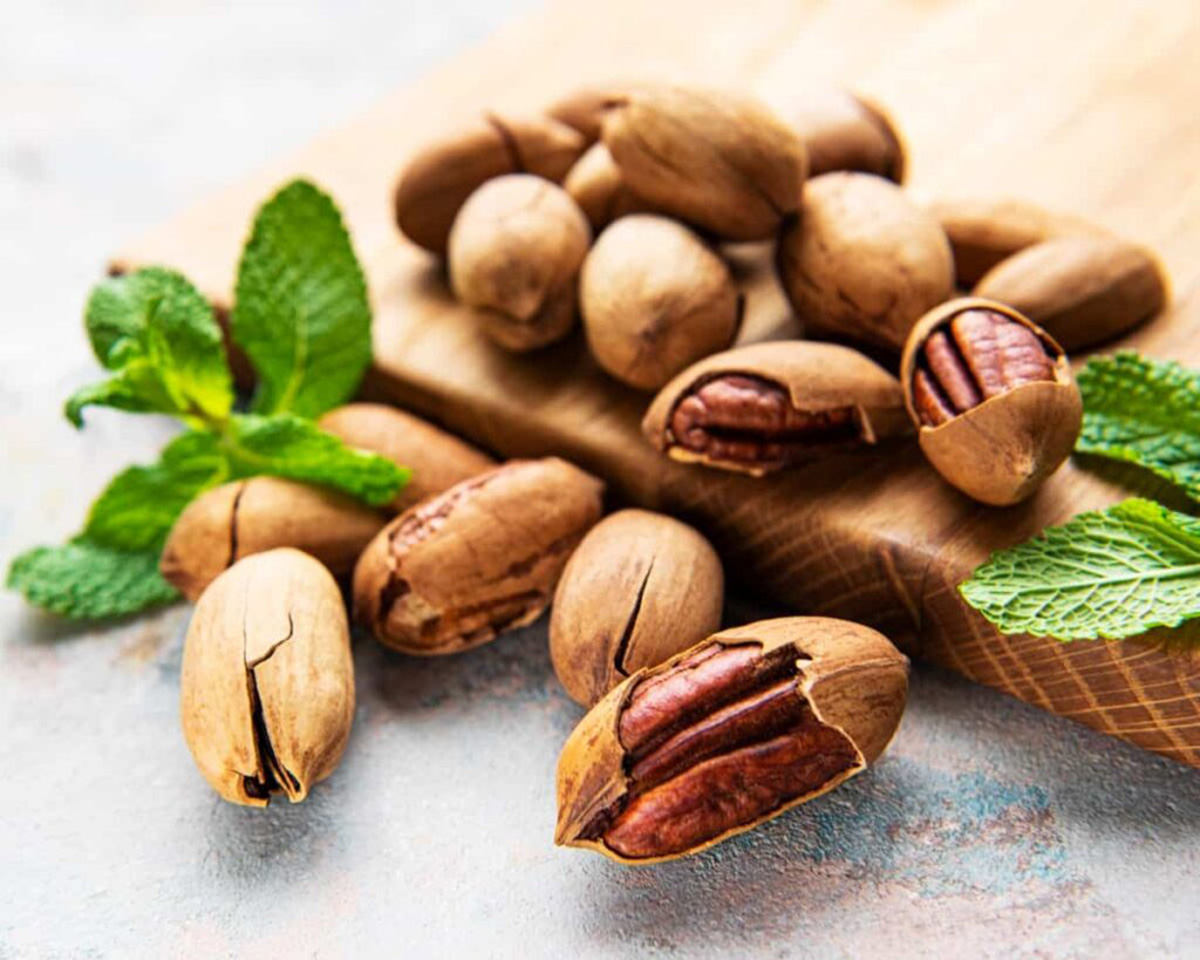

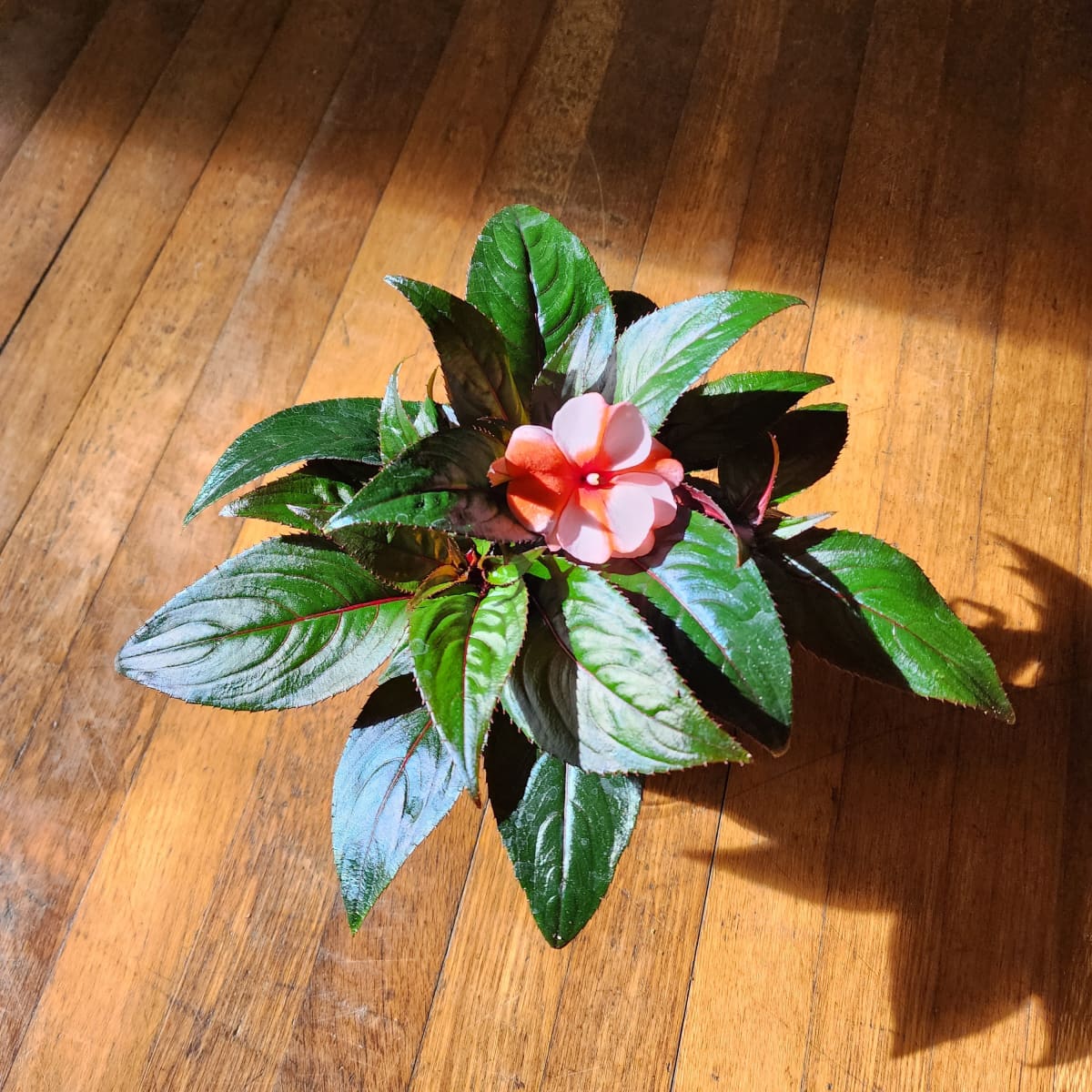
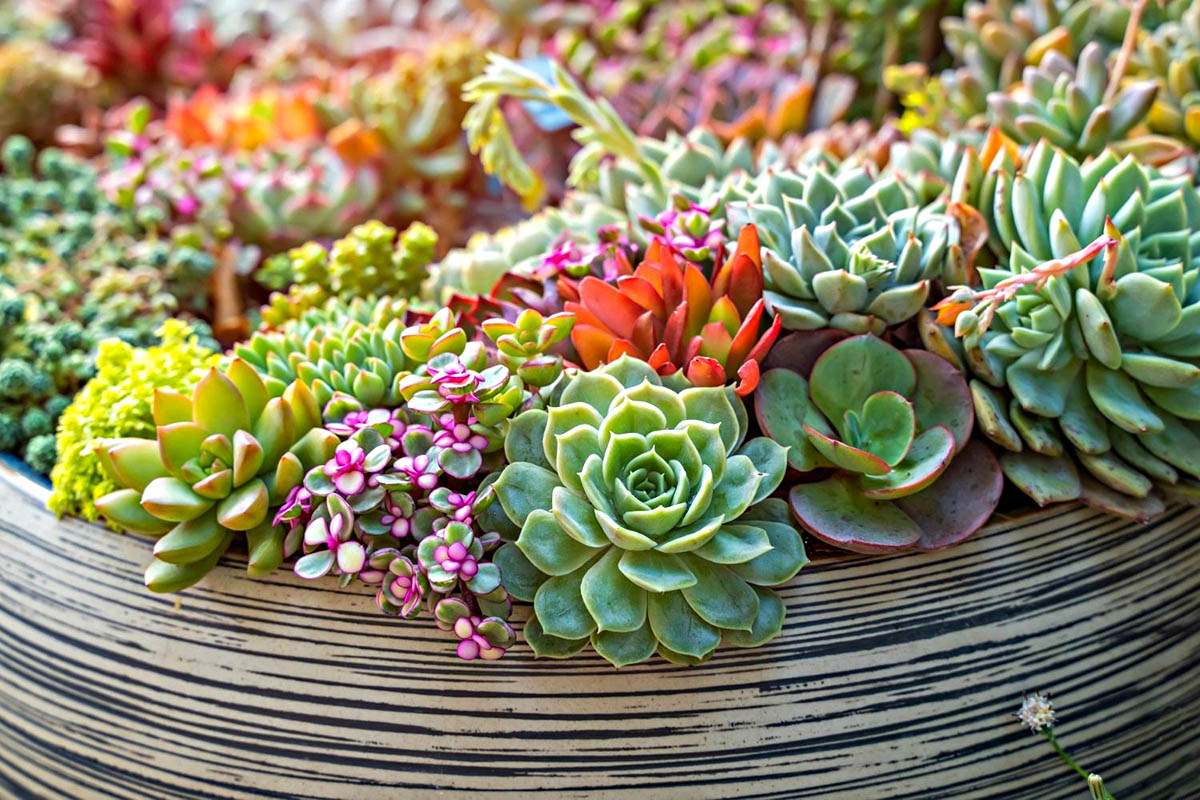
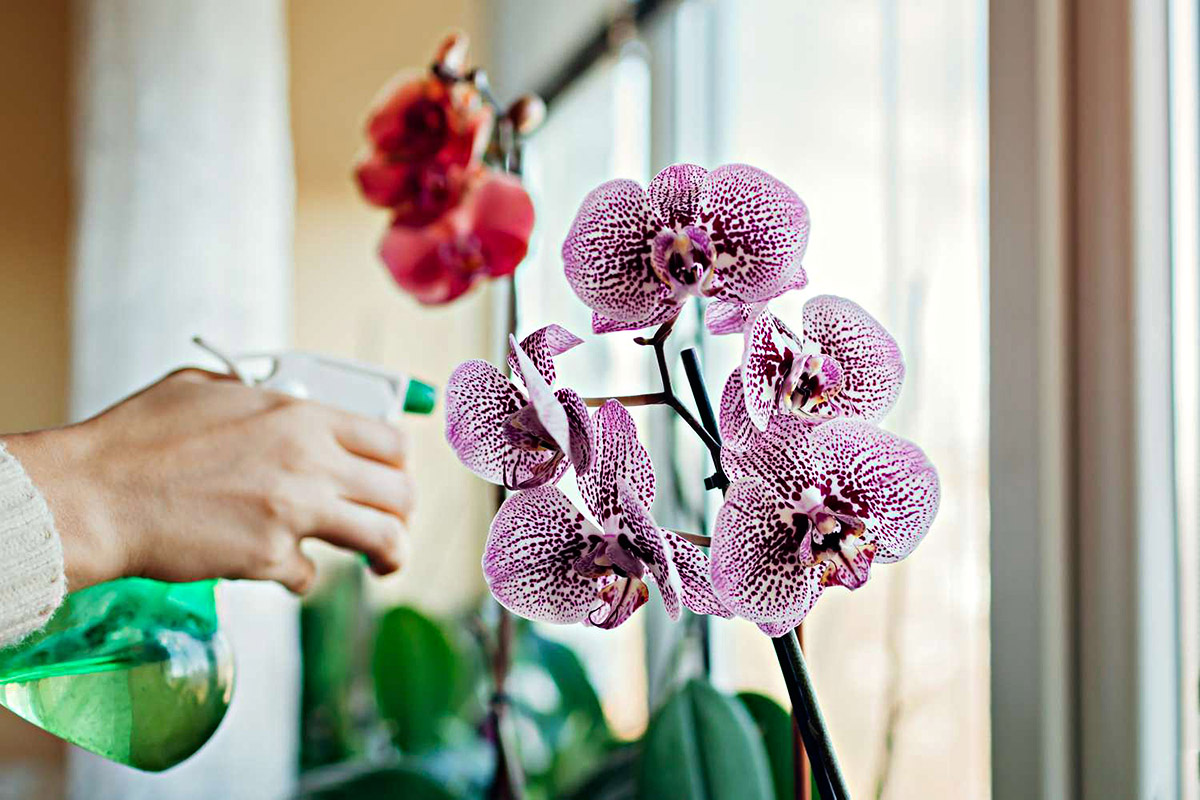

0 thoughts on “How Is The Malt Tricked Into Drying To Germinate”